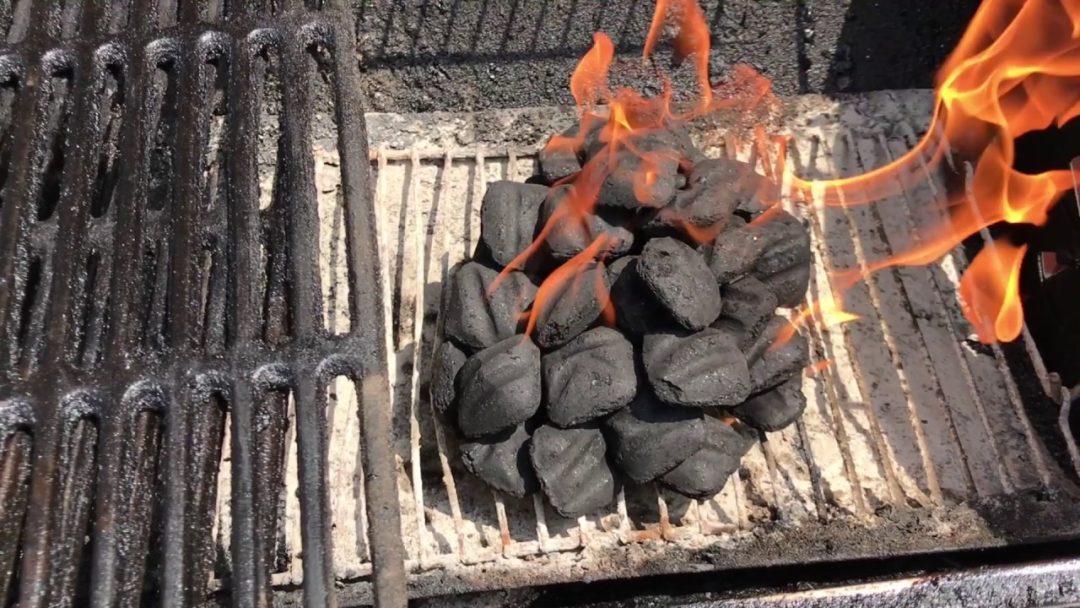Everything You Wanted to Know About Charcoal
here are two basic types of barbecue grill charcoal around – lumpwood and briquettes – each with its own pros and cons. I’ll try to keep this discussion on the practical side rather than getting too much into Wikipedia territory on the subject of charcoal manufacturing.
Lumpwood Charcoal
Lump charcoal is the stuff that looks like it is made from small logs.
The wood is broken down by a process called pyrolysis – in other words, it is heated at around 600F (300C) in a kiln like a chamber called a retort.
The water, tar, and other substances are burnt off. What is left is the porous, brittle husk of the natural wood, which consists mostly of carbon.
This process is something like 5000 years old and was developed as a way of heating metal for smelting at the start of the Bronze Age no less. Today, lumpwood charcoal is usually made from scrap wood from timber yards, flooring manufacturers and other places where wood is used in manufacturing.
How Lumpwood Charcoal Performs as a BBQ Fuel
Lumpwood charcoal generally burns hotter than briquettes – I mainly use it for direct grilling of steak or burgers etc.
Although it burns faster and hotter, it’s easier to adjust the temperature by spreading the coals out more or piling them up etc. Usually lumpwood is more expensive than briquettes are.
Charcoal Briquettes
These are a more artificial product than lump wood. They are made from sawdust, bark, and leftovers from the paper industry. These constituents are chopped into a uniform size and roasted in a kiln, then formed into the uniform briquette shape we recognize.
They are cheap to buy and produce a more consistent, but lower heat over a longer period of time than lumpwood.
One downside is the amount of ash left over; the other issue is the performance-enhancing and binding additives used in their manufacture. In actual fact it is unlikely that there is much that is harmful in them – otherwise, presumably, products would be banned in most health and safety obsessed Western countries.
The list of ingredients on most briquette bags will likely be made up of natural things. For example sawdust, limestone, coal, charcoal made from bark, sodium nitrate and not much else.
Very cheap products may have some kind of petroleum-based additive in that might produce a “chemical” smell during cooking. But otherwise, I don’t think there is anything wrong with charcoal briquettes at all – just go for quality, as with anything else.
Amazon has a whole range of charcoal briqettes
Which is best?
Purists might argue that lumpwood, being an all-natural product, is superior in performance and taste. But, the only practical downsides of briquettes I have seen is the time they take to light and the amount of ash they produce.
Personally I buy both and use them for different tasks, lumpwood for direct grilling and briquettes for indirect barbecuing and smoking – mainly because they burn longer and slower. This is just my preference.
Either way, if I can get them, I use charcoal products certified by the Forest Stewardship Council which hopefully guarantees that products are made from properly managed forest sources.
Further Recommended Reading Related to Barbecue Grill Charcoal
- Read more about charcoal BBQ grills
- Find easy ways to light charcoal
- The most efficient way to light barbecue grill charcoal is by using a charcoal starter chimney
- Read more about other BBQ Grill Accessories
